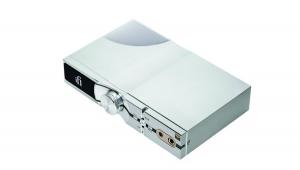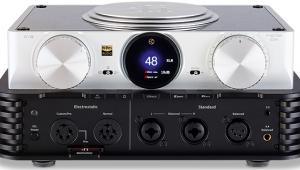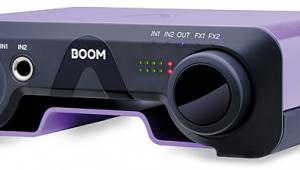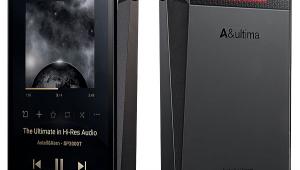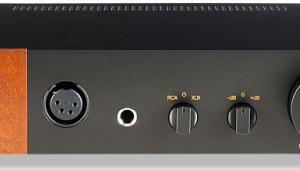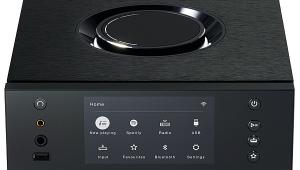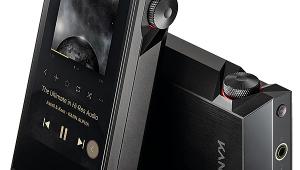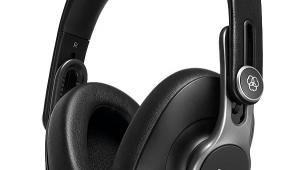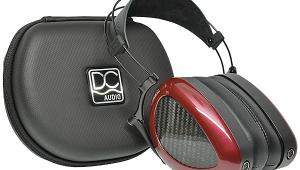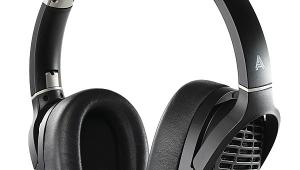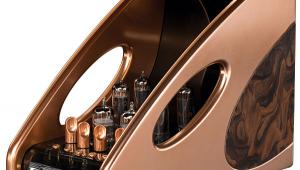iFi Audio ZEN CAN Headphone Amp

 The giants of small-scale audio solutions have just expanded the ZEN range of BT and USB DACs with a beefier, all-analogue 'drive anything' headphone amp. A bargain?
The giants of small-scale audio solutions have just expanded the ZEN range of BT and USB DACs with a beefier, all-analogue 'drive anything' headphone amp. A bargain?
There's an air of 'if it ain't broke, don't fix it' about iFi Audio's ZEN CAN. The third model in the Merseyside-based company's affordable range of (non-portable) desktop devices, it shares the physical chassis design of the earlier £129 ZEN DAC and ZEN Blue models [HFN Jul '20] and promises the same mix of 'high-performance audio' and value for money. Yet there's arguably more to this cost-conscious headphone amplifier than meets the eye.
While the previous ZEN DAC also doubled as a headphone amp, this new addition to the range is not simply a DAC-free iteration of that EISA Award-winning system add-on, as its slightly higher price tag of £149 implies. Instead, it borrows from the pure analogue design of iFi Audio's Pro iCAN headphone amp, which the company proudly reminds potential ZEN CAN buyers is '12 times the price'. It is also one of its first designs with input from respected audio engineer John Curl – formerly of Parasound and Mark Levinson, and now working with iFi Audio and sister company Abbingdon Music Research as a technical consultant.
Backside Story
As the ZEN CAN is entirely analogue, with no digital input, suggested sources are whatever you might find on a desktop – smartphone, laptop or digital audio player – plus a CD player or phono stage. For a partnering DAC, and to maintain the affordable ethos, iFi Audio naturally suggests its ZEN DAC or ZEN Blue.
For such a modestly-priced device, the ZEN CAN offers plenty of set-up flexibility. Rear-panel inputs are unbalanced on RCA and 3.5mm sockets, plus a 4.4mm balanced Pentaconn connection. There's also a 4.4mm balanced preamp output to either feed a power amplifier or pair of active speakers. All connections are gold-plated for 'optimal conductivity'.

Joining these is a DC input for the ZEN CAN's external power supply. Note that for the first 1000 units, iFi Audio includes its iPower outboard PSU, which usually sells separately for £49, in a package price of £169. Otherwise the standard bundle is the £149 option tested and auditioned here.
Compared to the ZEN DAC, the ZEN CAN's front panel looks rather busy. There's a large centrally mounted volume control, and dual headphone outputs to the right – one 6.35mm (an adapter is included for 3.5mm cables), the other a 4.4mm Pentaconn hookup. Further right is a button to instigate XBass and '3D analogue' EQ settings.
The former is a self-explanatory feature found on other ZEN models, the latter, says iFi Audio, aims to replicate the wide, deep stereo imaging of speaker listening – both can be bypassed. On the lefthand side are power and source input buttons, plus a four-stage setting for the ZEN CAN's 0dB, +6dB, +12dB and +18dB gain control. Tiny white LED status lights denote operating mode, and it doesn't take more than a few minutes to master its functionality.
Hungry For Power
Internally, the ZEN CAN is a symmetrical, balanced analogue design, with a quartet of FET op-amps, plus a single custom op-amp on the input stage, utilising discrete 'high-grade' surface-mounted components. Specifically adopted from the Pro iCAN model are elements of the power supply circuitry, including noise filtering, plus the Class A buffer driving the ZEN CAN's output stage.
The headline promise of the ZEN CAN is of power '52x greater' than a laptop's standard headphone out, which iFi Audio equates to 1600mW into 32ohm loads via its single-ended 6.35mm output. This is a figure within spitting distance of PM's own measurements [see Lab Report, p75], albeit via the highest gain setting. By way of comparison, the company rates the output of its ZEN DAC at a more modest 230mW into 32ohm.
